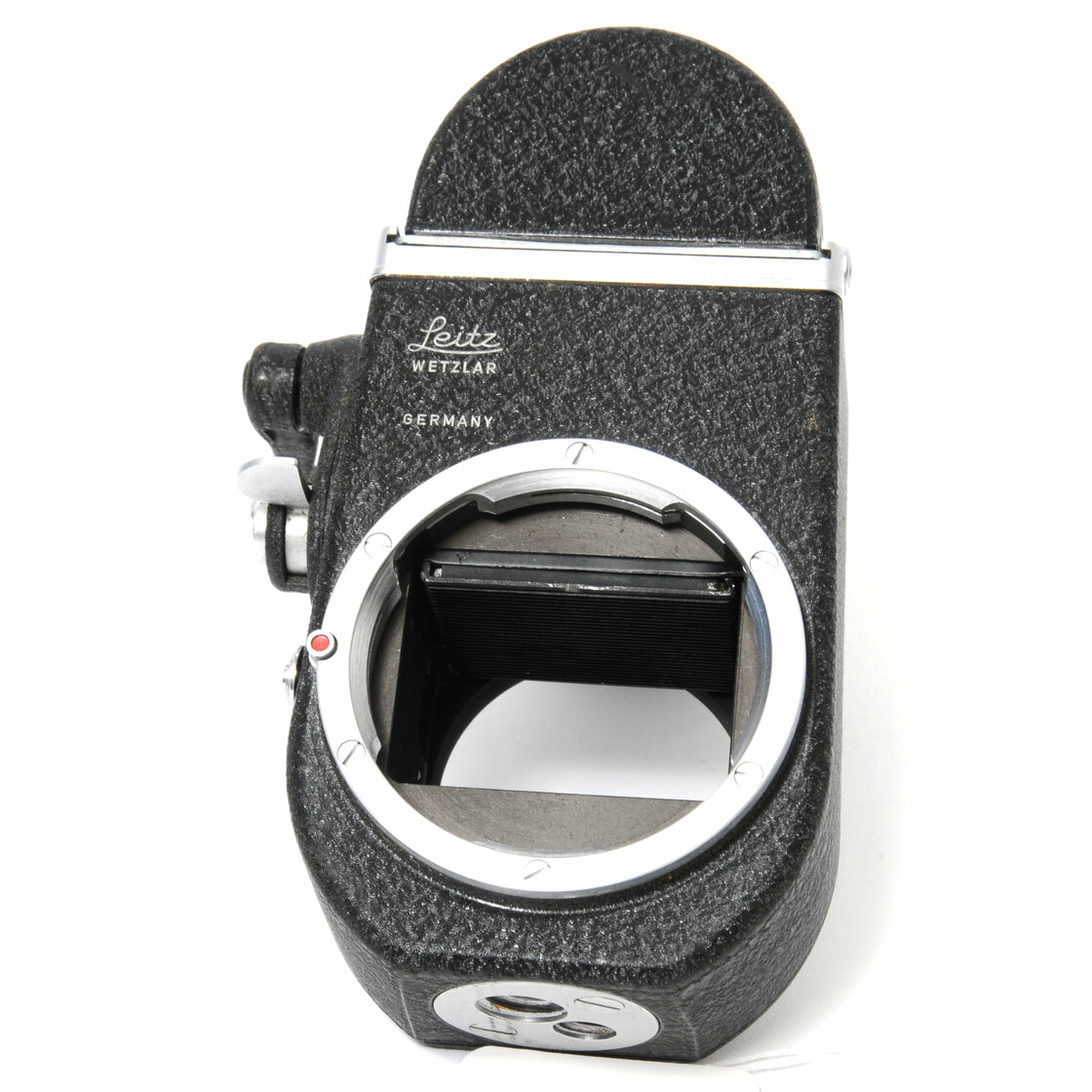

Although the link between Nazi Germany and Leica cameras is real, this article is about the history of the camera, and nothing more. From there, the seeds for this article were planted. I found Jim’s contact information online, sent him the pics and asked for his help. That man was Leica historian, author, and war-time expert Jim Lager. After getting some pretty convincing, but low resolution images, I asked around for help in authenticating it, and nearly every response told me I needed to consult with one man. In July 2018, I was contacted by a reader of this site named Joe Prah saying he had a military Leica and wanted my help to authenticate it. I enjoy researching the stories behind the people who created and used these wonderful devices, and considering a camera’s entire purpose is to capture moments on film, being able to wonder about the things these cameras have seen is really exciting for me. My passion for collecting cameras is heavily rooted in their histories. This is a topic that is very sensitive to a lot of people, and sadly, has recently become more of a conversation topic among extremist groups in the United States and other countries. In addition to cameras and lenses, Germany was also tied to a whole list of atrocities committed by it’s government and the Nazi regime. Leitz optics still exists today.Throughout a large portion of the 20th century, the photographic industry was heavily tied to Germany. The 45 degree angle is one of the most comfortable angles to help an observer sustain for extended watches. They aided in the following wartime tasks: daylight observation of enemy troop movements directing fire from artillery toward advancing enemy troops and armor directing fire at unfriendly aircraft and night observation. These binoculars were ruggedly constructed and essentially bulletproof, designed to withstand the perilous conditions of the battlefield. This filter was important to have due to the military tactic of planes flying in the sun so they couldn’t be seen from land. The light gray filters allow for better contrast in poor lighting conditions, and the very dark gray filter allows for objects to be viewed in bright sunlight. There is clear, light gray, medium dark, and very dark gray. The binoculars also feature internal filters, or sun shades. The inside of the binoculars has been cleaned professionally, the outside smoothly polished. Stylishly built-up with a half gimballed brace system of polished aluminum on a matching teak stand.

Optical quality is excellent: perfectly clear presentation, sharp contrast, crystal clear image. (Doppel Fernrohe) 10 x 80 observation binoculars. About Polished observation binoculars 10 x 80īinoculars by the Germans made in 1941-1944.ĭ.F.


 0 kommentar(er)
0 kommentar(er)
